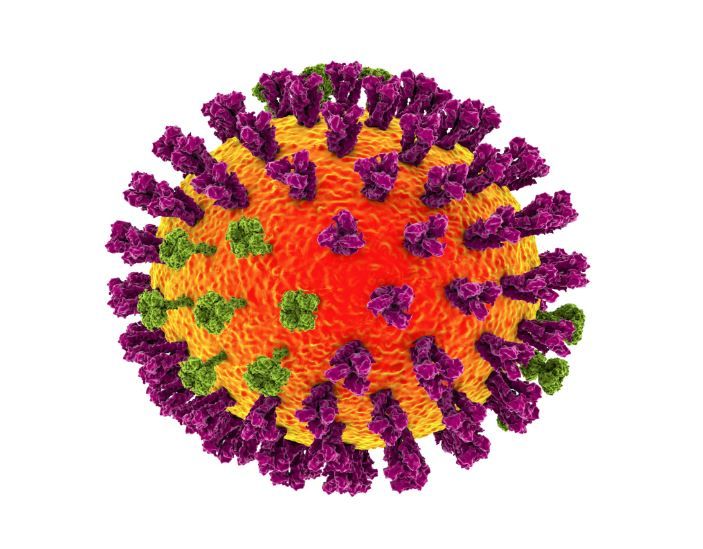- Clinical Technology
- Adult Immunization
- Hepatology
- Pediatric Immunization
- Screening
- Psychiatry
- Allergy
- Women's Health
- Cardiology
- Pediatrics
- Dermatology
- Endocrinology
- Pain Management
- Gastroenterology
- Infectious Disease
- Obesity Medicine
- Rheumatology
- Nephrology
- Neurology
- Pulmonology
ATS 2020: Novel At-home Rapid Influenza Diagnostic Test Demonstrates Good Sensitivity, Specificity
New research presented at the American Thoracic Society 2020 Virtual meeting showed the novel Theraflu Home FluTest demonstrated good sensitivity and specificity for influenza A and B viruses.
©Kateryna_Kon/stock.adobe.com

The novel home rapid influenza diagnostic test (RIDT) Theraflu Home FluTest (THFT) demonstrated good sensitivity and specificity for influenza A and B viruses in a new study presented at the American Thoracic Society 2020 Virtual meeting held August 5 to August 10, 2020.
Researchers from GSK and Ellume – the manufacturers of the THFT – conducted a prospective, multicenter study of 1012 participants between December 2018 and April 2019 from 25 sites in the US. Nasal swabs were self-collected or taken by caregivers from participants aged ≥2 years with influenza-like symptoms and analyzed using the THFT.
Key performance values were based on comparison with 3 reference methods: nucleic acid amplification testing, shell viral culture, and real-time polymerase chain reaction consensus comparator. Participants also completed a questionnaire regarding the ease of use of the THFT using a 5-point Likert scale (1=strongly disagree to 5=strongly agree).
For influenza A, the THFT compared with the consensus result showed a positive agreement of 87.7% (95% confidence limits [CL] 83.6%-90.9%) and negative agreement of 98% (95% CL 96.6%-98.9%). For influenza B, the THFT demonstrated a specificity of 97.9% (95% CL 96.8%-98.7%) vs the consensus result.
Also, because the sample of influenza B consisted of only 12 participants, a further analysis was conducted using 89 archived samples of influenza B. This analysis demonstrated a sensitivity vs consensus result of 86.3% (95% CL 74.3%-93.2%).
In the safety data set, 5 participants experienced an adverse event related to nasal swabbing, however none were assessed as serious. In the usability questionnaire, ≥95% of participants agreed or strongly agreed that the THFT was easy to use and they would feel confident using it at home. In addition, 88% of participants agreed or strongly agreed the nose swab was easy to do.
“The THFT should expand opportunities as an aid to rapid influenza detection and management beyond POC settings,” concluded researchers.
